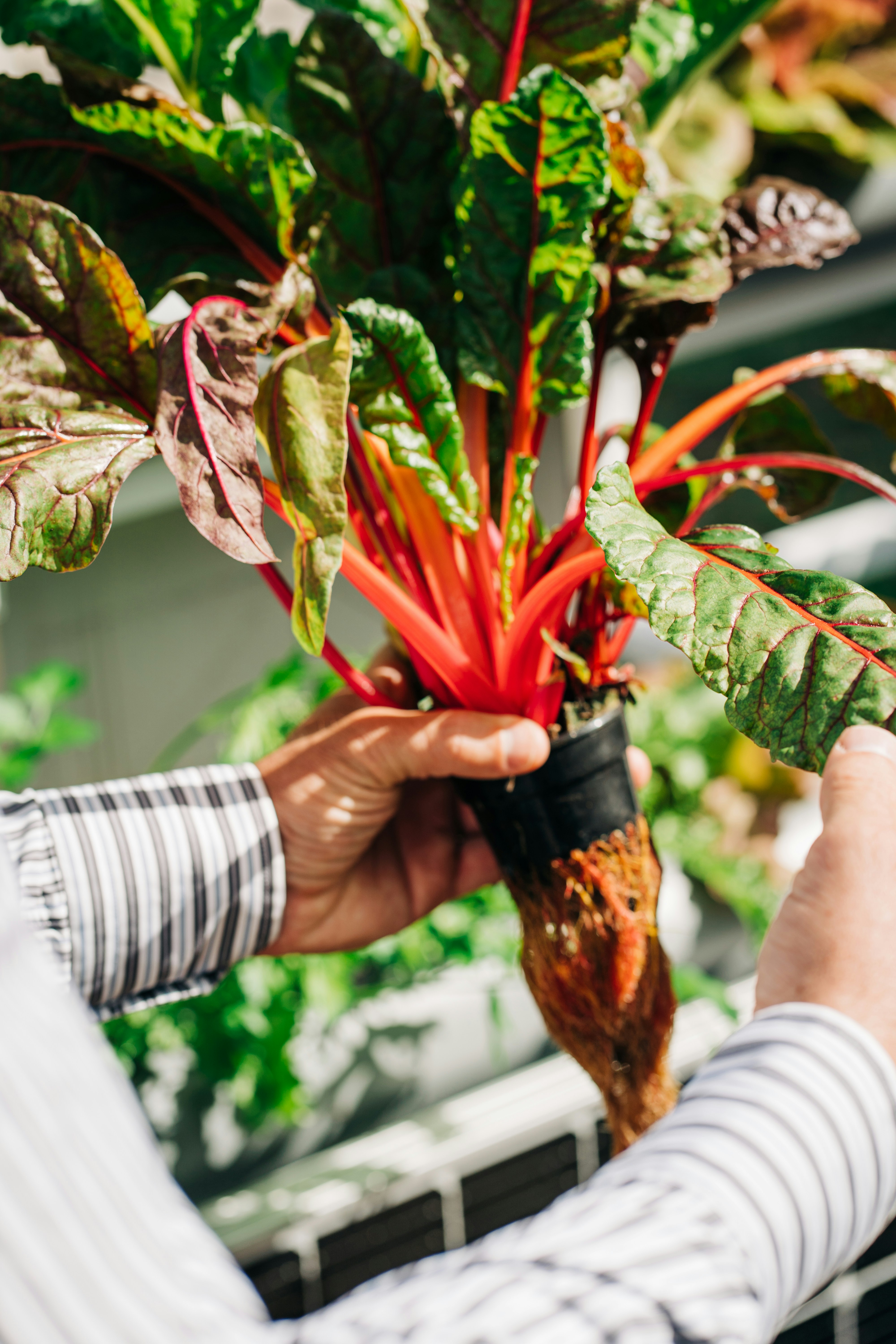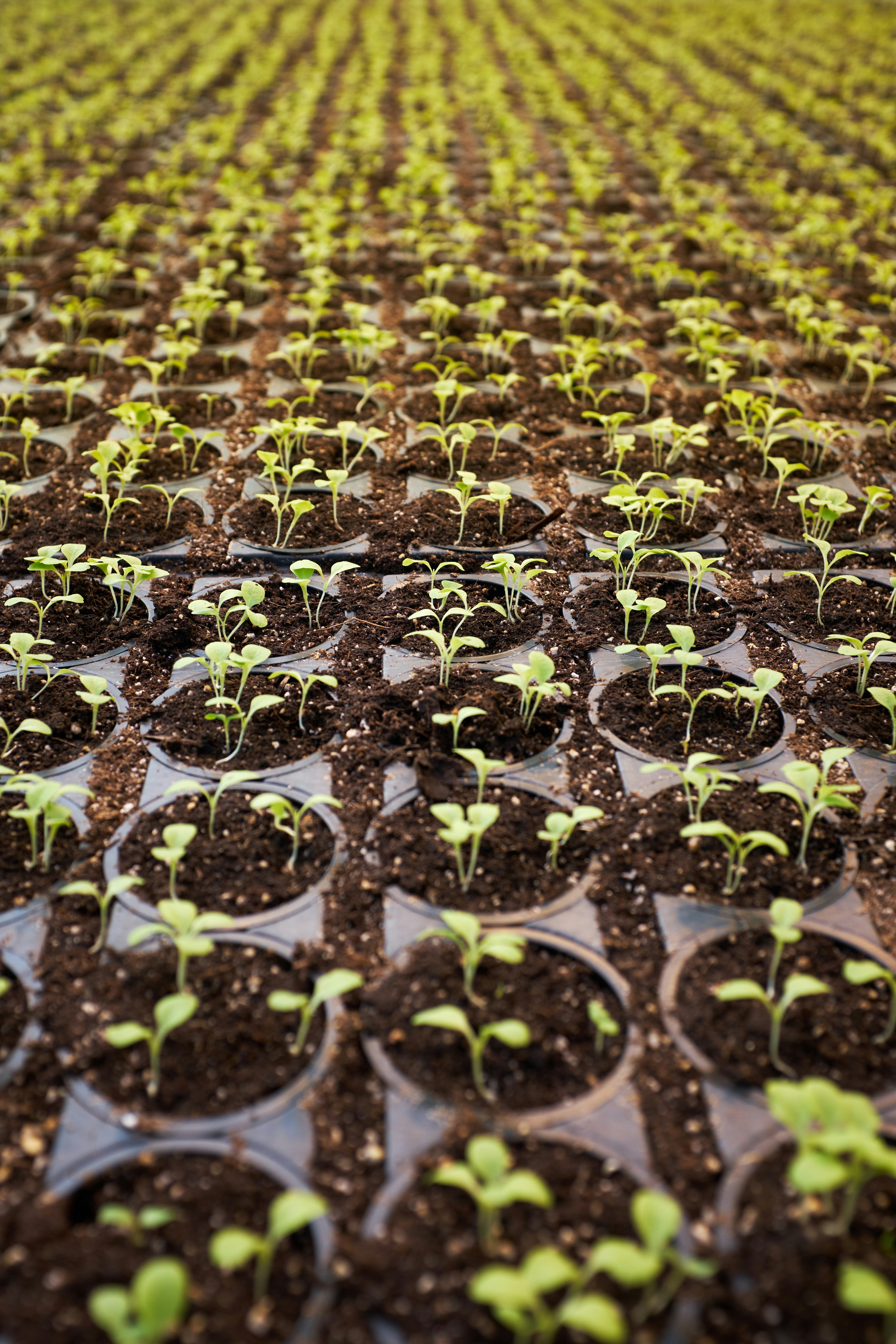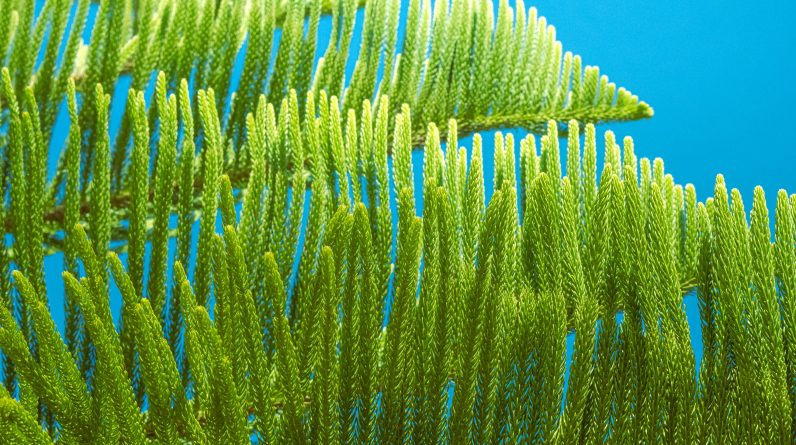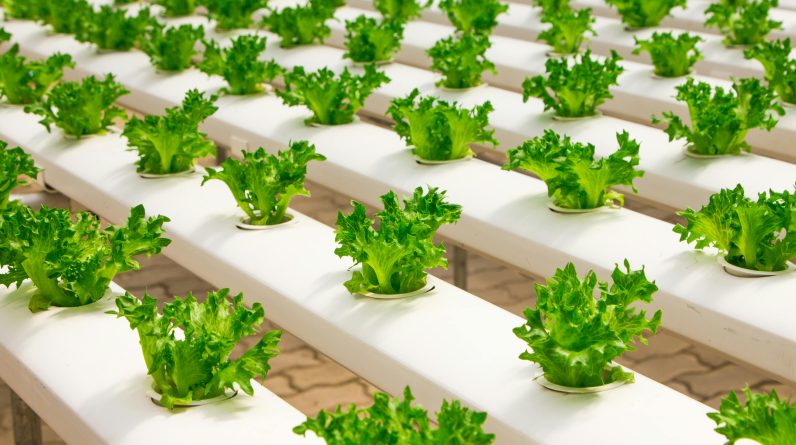
Welcome to the fascinating world of hydroponic growing systems! If you’re looking to optimize your gardening experience, hydroponics may be the perfect solution for you. By eliminating the need for soil and providing plants with direct access to nutrients, these systems offer faster growth, higher yields, and more efficient water usage. Say goodbye to soil-borne diseases and pests, and hello to healthier plants with fewer chemical inputs. Discover the sustainable and efficient approach to cultivating fresh, nutritious crops with hydroponic systems. Have you ever wondered about the efficiency of hydroponic growing systems?
Benefits of Hydroponic Growing Systems
Hydroponic growing systems offer numerous benefits over traditional soil gardening. They allow plants to grow faster and yield more produce by providing a nutrient-rich solution directly to the roots, eliminating the need for soil. This innovative method conserves water, using up to 90% less than traditional soil gardening, making it environmentally friendly. In addition, hydroponic systems enable year-round cultivation, regardless of external weather conditions, which is especially advantageous for regions with harsh climates.
Faster Growth and Increased Yield
One of the key benefits of using hydroponic growing systems is the accelerated growth rate of plants. By delivering nutrients directly to the roots, plants can absorb essential elements more efficiently, leading to faster growth and development. This results in increased yields compared to traditional soil gardening methods. With hydroponics, you can enjoy bountiful harvests in less time, making it a highly efficient growing method.
Water Conservation
Hydroponic systems are incredibly water-efficient, using up to 90% less water than traditional soil gardening. This is because the nutrient solution in hydroponics is continuously recirculated, reducing water waste significantly. By conserving water, hydroponic growing systems contribute to sustainability efforts and support eco-friendly gardening practices.
Types of Hydroponic Systems
There are several types of hydroponic systems, each with its unique features and benefits. Understanding the different types can help you choose the system that best suits your needs and growing preferences.
Nutrient Film Technique (NFT) System
The Nutrient Film Technique (NFT) system is a popular hydroponic system that delivers a thin film of nutrient solution directly to the plant roots. The roots are exposed to the solution, allowing for efficient nutrient absorption and oxygenation. This system works well for growing leafy greens and herbs and is known for its water efficiency and ease of maintenance.
Deep Water Culture (DWC) System
In a Deep Water Culture (DWC) system, plants are suspended in a nutrient solution with their roots submerged in the water. This method provides ample oxygen to the roots and promotes rapid growth. DWC systems are easy to set up and maintain, making them ideal for beginners in hydroponic gardening. This system is suitable for growing a variety of plants, including lettuce, peppers, and tomatoes.
Ebb and Flow System
The Ebb and Flow system, also known as a flood and drain system, periodically floods the plant roots with a nutrient solution and then drains it back into a reservoir. This cycle ensures that the roots receive both water and oxygen, promoting healthy growth. Ebb and Flow systems are versatile and can accommodate a wide range of plants, making them a popular choice for hydroponic growers.
Aeroponic System
Aeroponic systems mist the plant roots with a nutrient solution, allowing them to absorb nutrients and oxygen directly from the air. This method promotes accelerated plant growth and can lead to higher yields. Aeroponic systems are highly efficient in water usage and nutrient delivery, making them suitable for plants that require precise nutrient levels.

Factors to Consider When Choosing a Hydroponic System
When selecting a hydroponic system for your gardening needs, there are several factors to consider to ensure optimal results.
Space Availability
The amount of space you have available will influence the type of hydroponic system you can use. Some systems, such as Nutrient Film Technique (NFT), require minimal space and are suitable for indoor gardening. Others, like the Ebb and Flow system, may need more room for the reservoir and plant trays. Consider your available space before choosing a hydroponic system.
Growing Goals
Your growing goals and the types of plants you wish to cultivate will also play a role in selecting the right hydroponic system. Some systems are better suited for leafy greens and herbs, while others can accommodate larger plants like tomatoes and cucumbers. Determine your growing objectives and choose a system that aligns with your preferences.
Budget
Hydroponic systems come in a range of prices, from DIY setups to commercial kits. Consider your budget and determine how much you are willing to invest in your hydroponic garden. Factor in the cost of equipment, nutrient solutions, and maintenance when planning your hydroponic system setup.
Maintenance and Care of Hydroponic Systems
Proper maintenance and care are essential for the success of your hydroponic garden. By following a few simple guidelines, you can ensure that your plants thrive and yield abundant harvests.
Regular Monitoring
Regularly monitor your hydroponic system to ensure that everything is functioning correctly. Check the nutrient levels, pH balance, and water temperature to maintain optimal growing conditions for your plants. Monitoring your plants’ growth and development can also help you spot any issues early on and take corrective action.
Cleaning and Sanitizing
Keeping your hydroponic system clean and sanitized is crucial to prevent the buildup of algae, bacteria, and other contaminants. Regularly clean the reservoir, pumps, and grow trays to maintain a healthy growing environment for your plants. Use diluted hydrogen peroxide or other cleaning solutions to disinfect your system and prevent the spread of diseases.
Nutrient Maintenance
Maintain proper nutrient levels in your hydroponic system to ensure that your plants receive the essential elements they need for healthy growth. Monitor the nutrient solution regularly and adjust the nutrient strength as needed based on the growth stage of your plants. Proper nutrient maintenance is key to maximizing yields and plant health in hydroponic gardening.
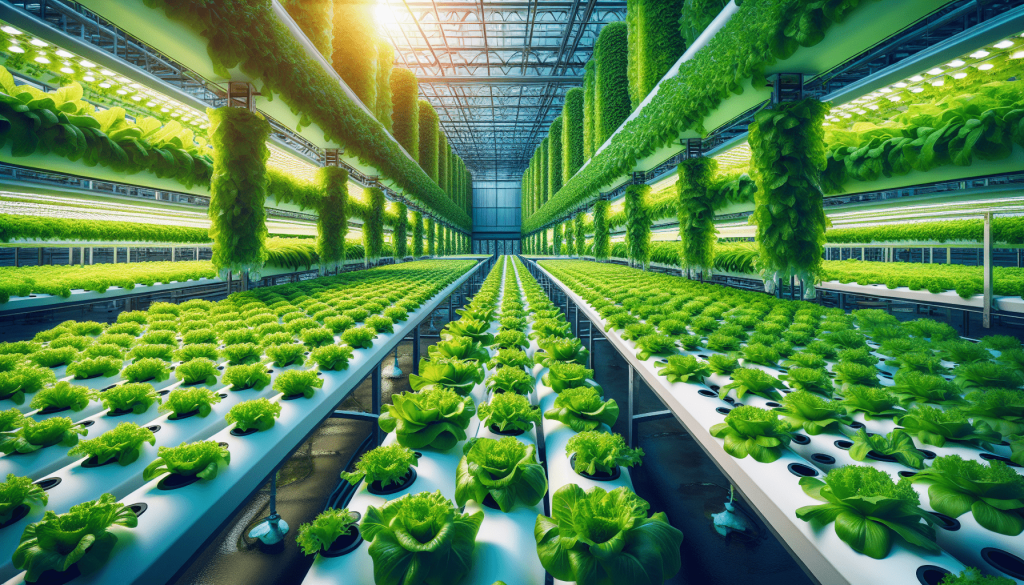
Conclusion
In conclusion, hydroponic growing systems offer a host of benefits, including faster growth, increased yields, water conservation, and year-round cultivation. By understanding the different types of hydroponic systems, factors to consider when choosing a system, and best practices for maintenance and care, you can successfully grow a wide variety of plants using hydroponic methods. Whether you are a beginner or experienced gardener, hydroponics provides a sustainable and efficient approach to gardening that can yield fresh, nutritious crops and vibrant harvests. Embrace the efficiency of hydroponic growing systems and enjoy the rewards of bountiful homegrown produce.



